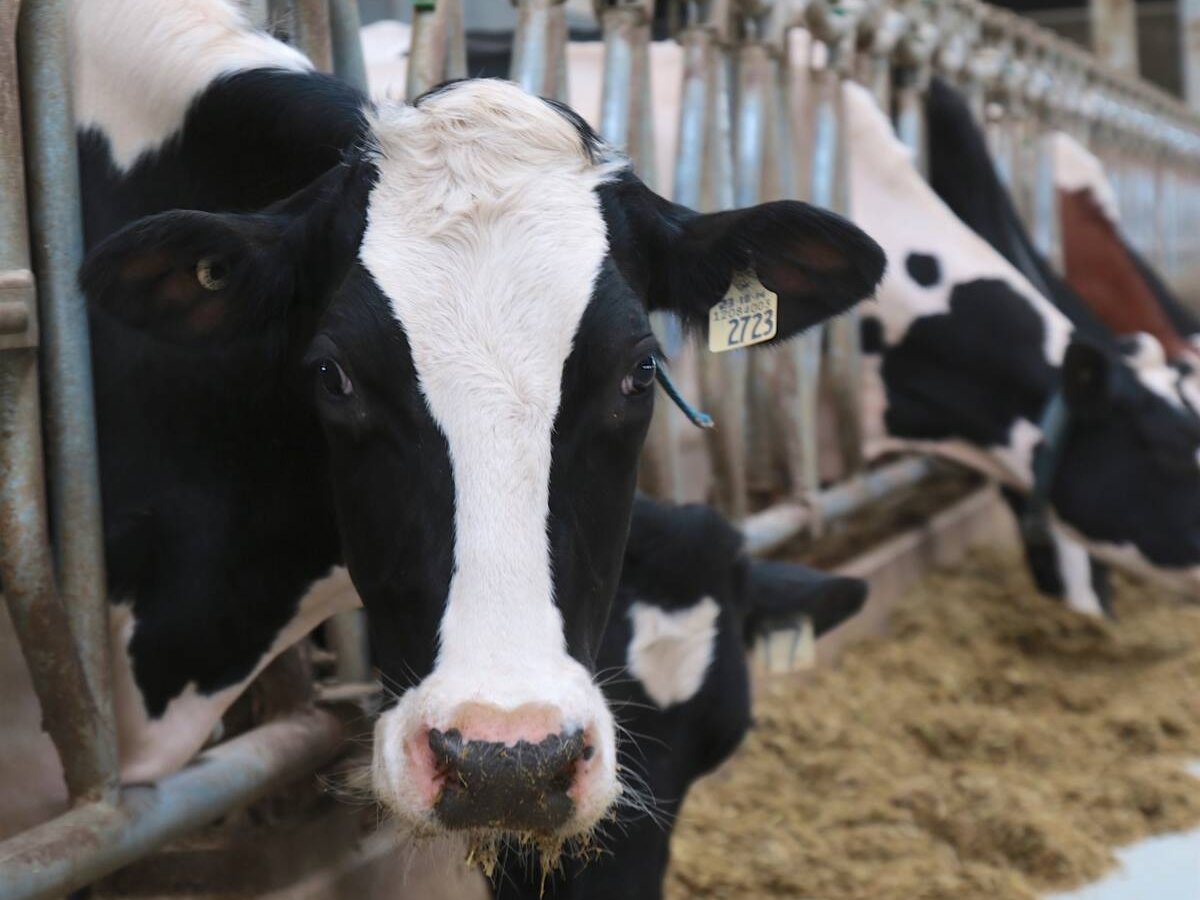Hunting competition won’t affect coyote numbers in Alberta, says biologist
Alberta’s coyote population is in no danger from a coyote hunting competition, says a wildlife biologist.
University of Alberta professor Lee Foote said less than 20 coyotes would have been shot in a recent coyote hunting competition, which raised the ire of animal activists.
There is no accurate coyote count, but Foote estimates more than 100,000 coyotes live in the province with numbers fluctuating significantly, depending on the year.
“Coyotes can have a 500 percent per year increase in population,” he said.
“A lot of coyotes have to die and do die in a natural cycle, mostly from car strikes, disease and hunters and trappers. Of those three deaths, hunting and trapping is probably the most humane.”
Read Also

The Organization for Economic Co-operation and Development lauds Canada’s low farm subsidies, criticizes supply management
The Organization for Economic Co-operation and Development lauded Canada’s low farm subsidies, criticized supply management in its global survey of farm support programs.
A one-day hunting competition north of Edmonton created a furor when Coyote Watch called it inhumane and encouraged people to protest the event.
Foote said the group opposed the hunt to raise its profile.
“We’ve got an underfunded health system, world wide poverty, child abuse and political corruption, and people pick the death of 12 coyotes to really stand up and howl about. It doesn’t make a lot of sense until you think about the symbolic interaction of this,” he said.
“It becomes a symbolic victim versus a powerful relationship, and people tend to side with the underdog, which is the coyote in this case. Social media forms these fireballs, that are like an avalanche.
“They take off and start going and it feeds on itself and before long the issue is blown so out of proportion that it seems ridiculous when you stand back and look at it.”
Foote said coyote health depends a lot on their food supply. Rabbits and dead cattle dragged into the bush are a windfall for coyotes.
“That is a major treasure.”
Winter conditions can depress or enhance coyote populations.
A hard crust makes it easy for coyotes to run across snow that deer break through.
At the Devonian Gardens where Foote works, coyotes killed five deer last year by hunting deer on crusted snow.
Disease also affects the health of coyote populations.
“When numbers are high and you get six or eight on one road kill, moose, they all share mange,” he said.
“Mange kills coyotes. Their hair falls out, they get black scabby, oozy sores all over them and they freeze to death. Those are the ones you find in your haystack or your barn or under your porch. They’re in great pain. It takes about two months for them to lose their hair and die. It is an awful, awful death.”
The recent coyote competition awarded prizes for the biggest and most coyotes.
The well-furred pelts were to be sold. A good pelt can fetch more than $100.
“Very few people in the competition would be beginning hunters,” Foote said.
“Hunting coyotes is a pretty high skill activity. They’re smart, long-range shooting in tough, cold conditions. You wouldn’t start someone out hunting coyotes. You would start hunting grouse with a shotgun.”
Foote said the most common coyote hunting technique is to drive to an area, hike in to a good location in complete camouflage and call the coyote with a predator call.
If nothing happens in the first 15 minutes, the hunter would return to the vehicle, drive to another spot and repeat the process.
Foote said there are more than 100,000 big game hunters in Alberta. It is a healthy, thriving and slowly growing activity.
mary.macarthur@producer.com














